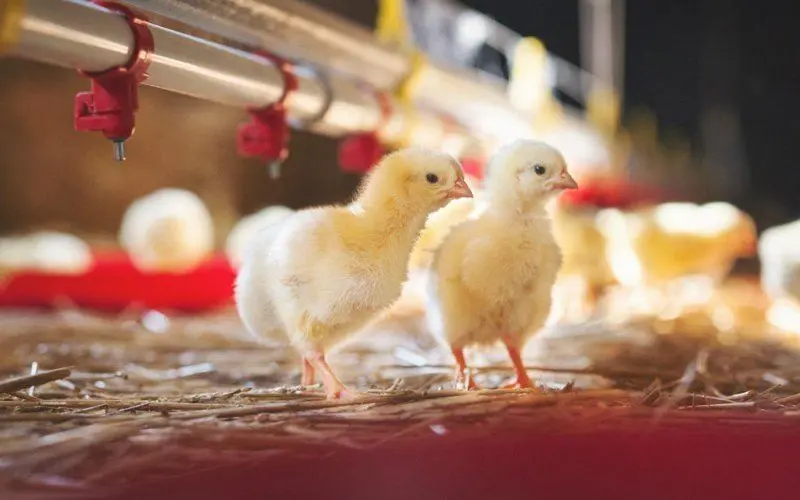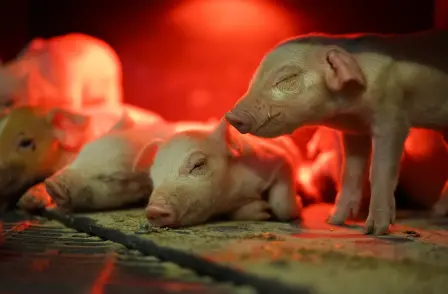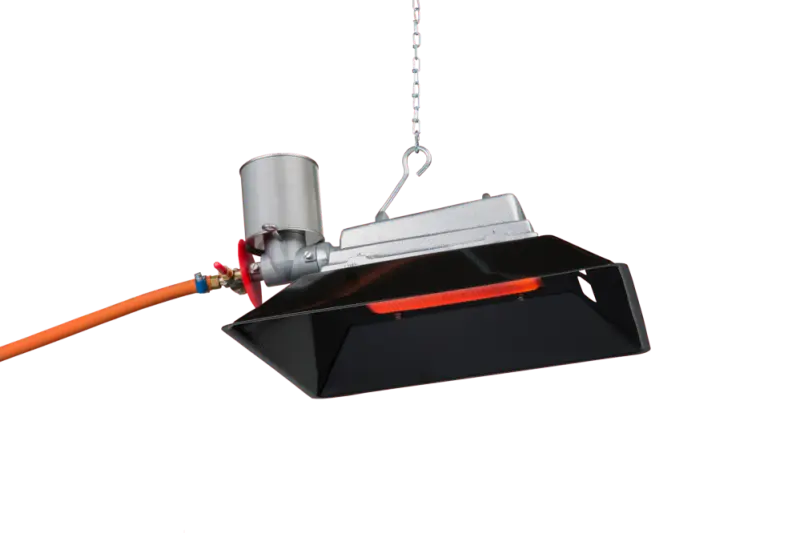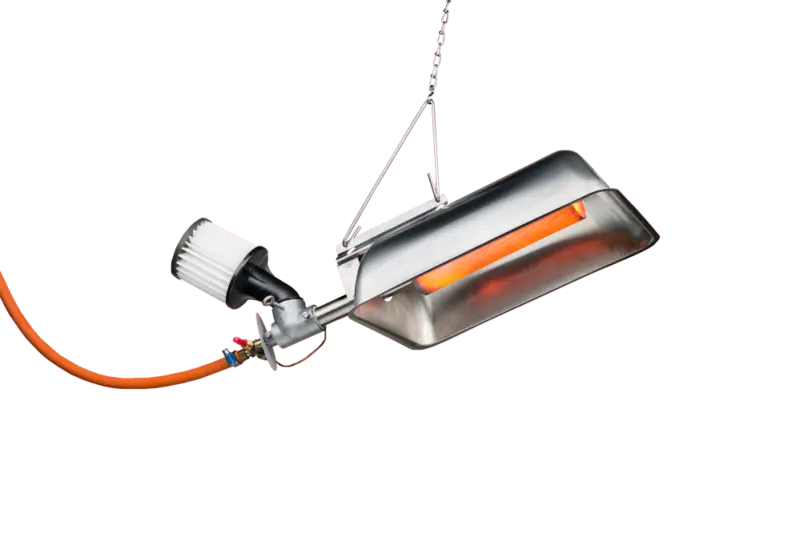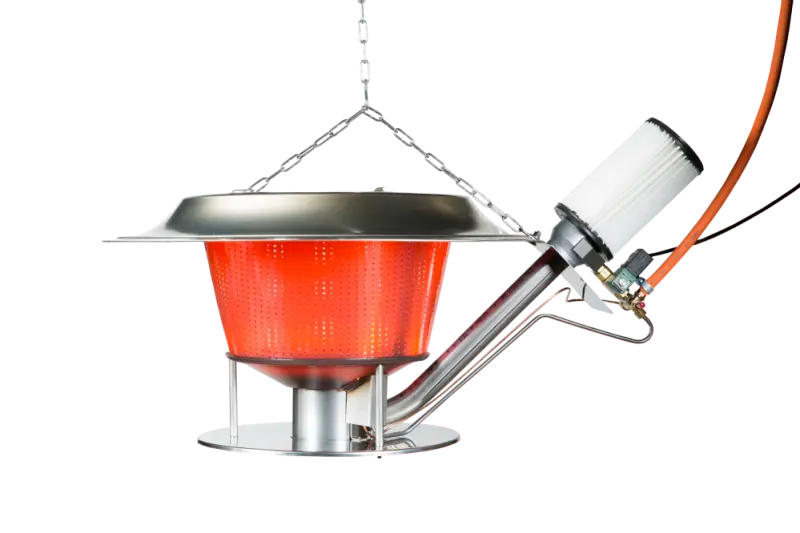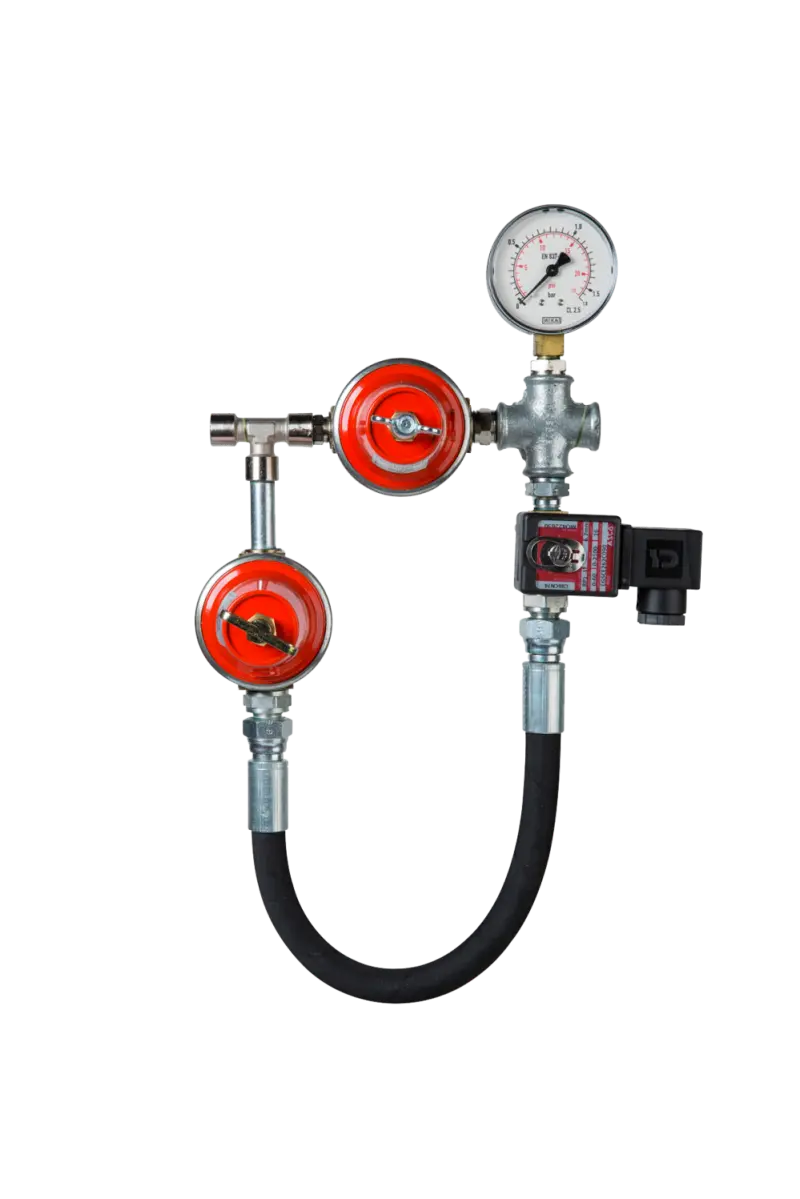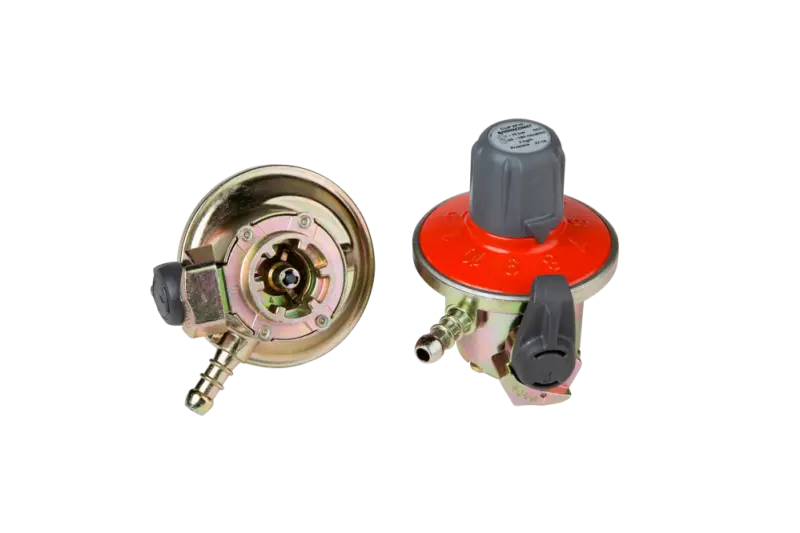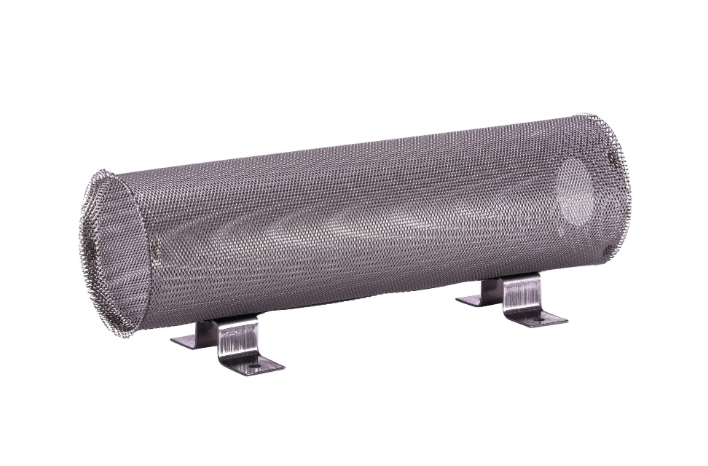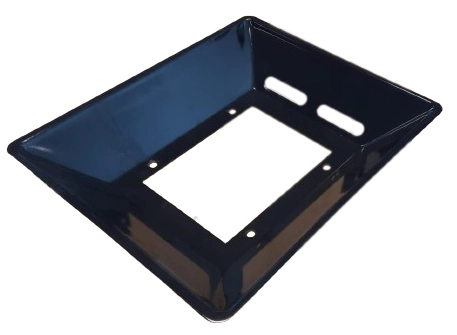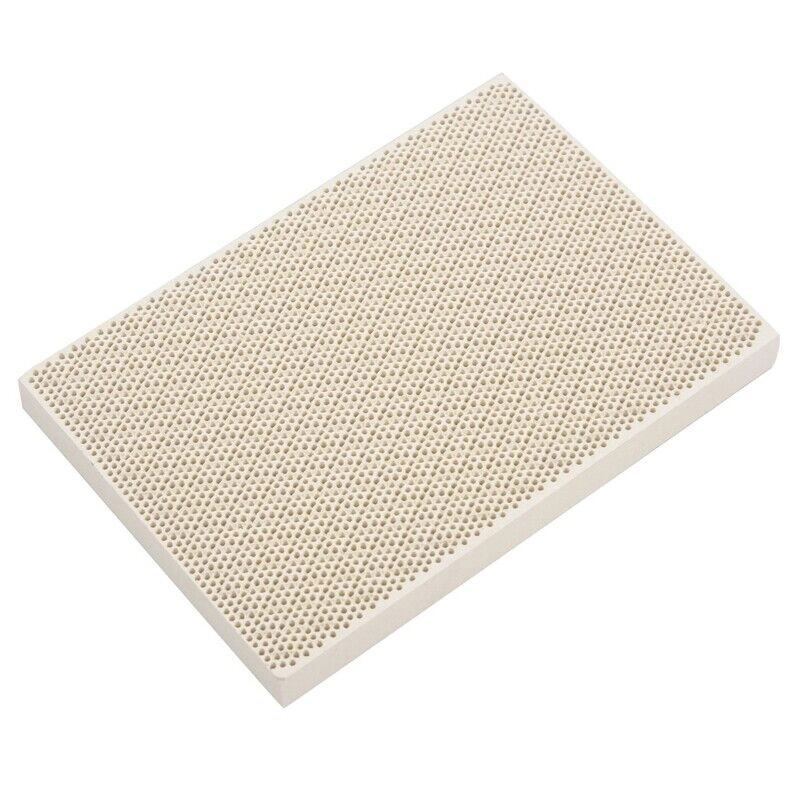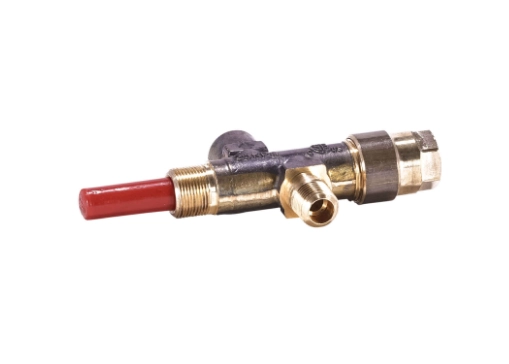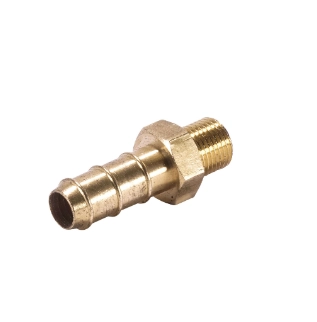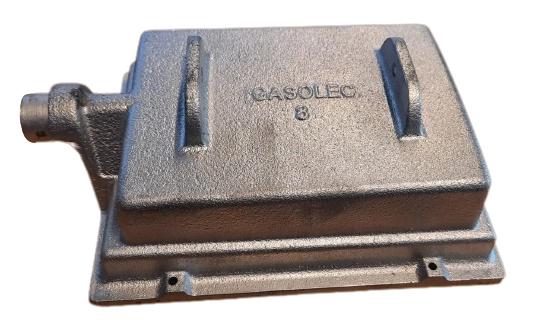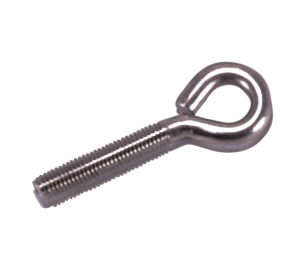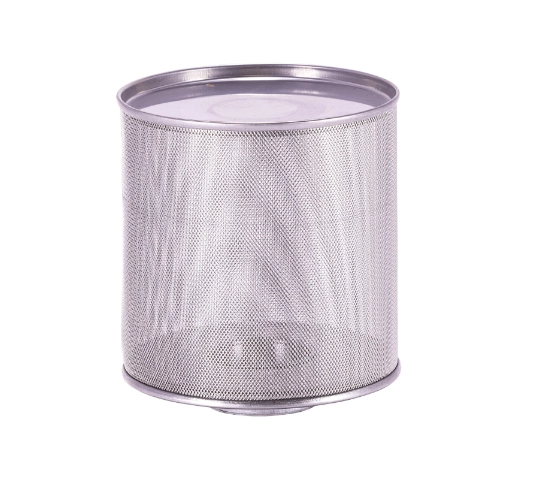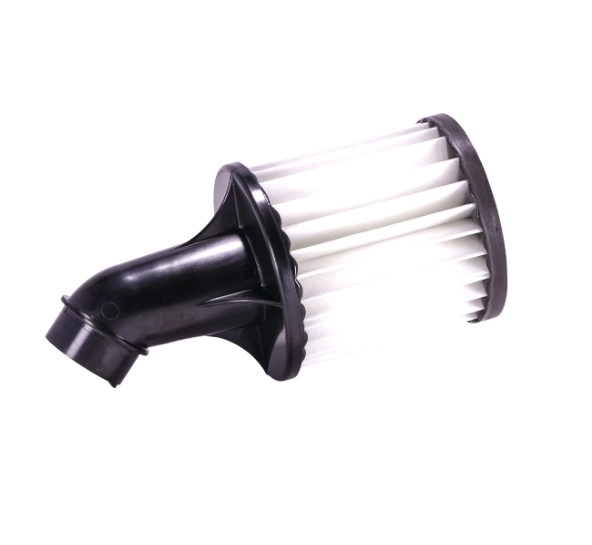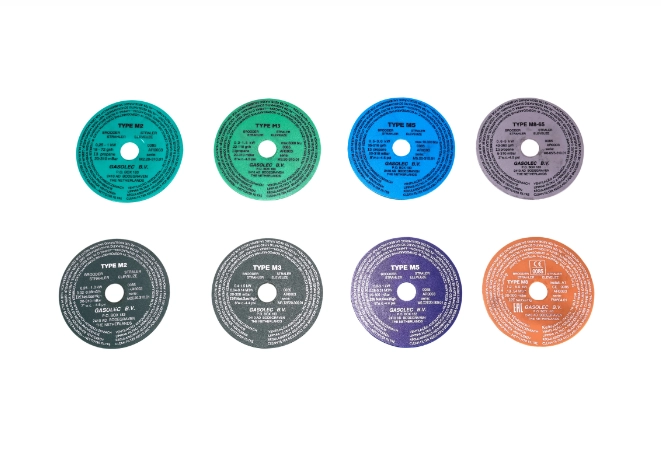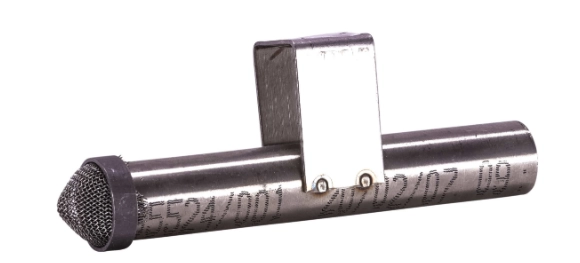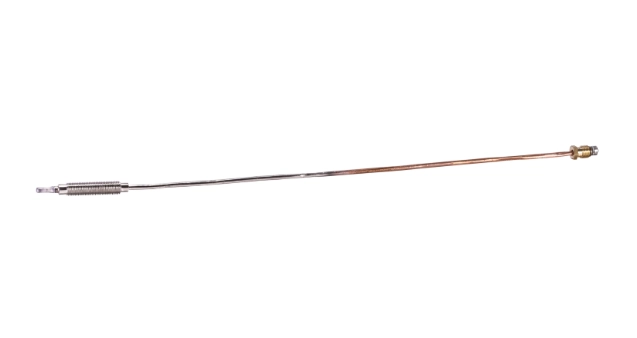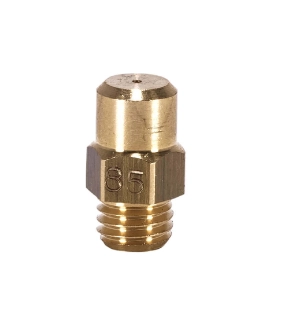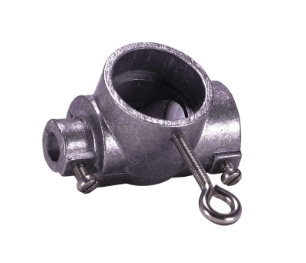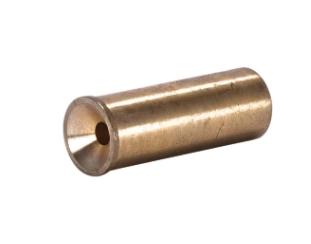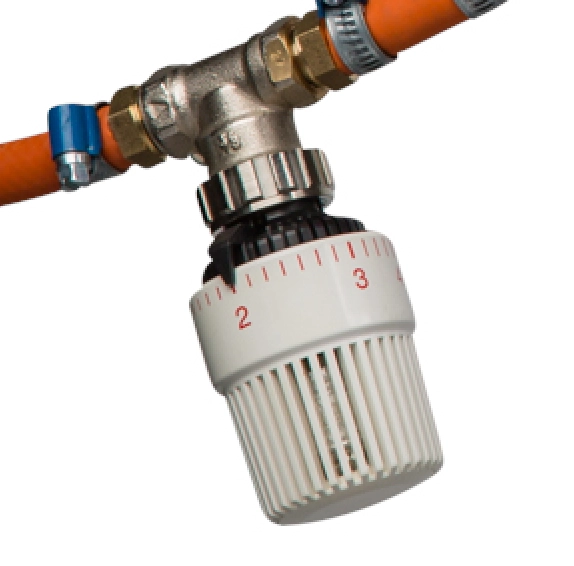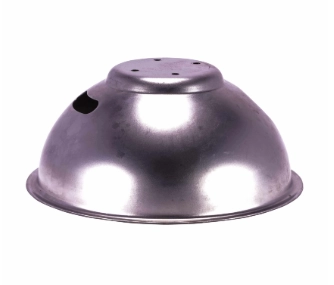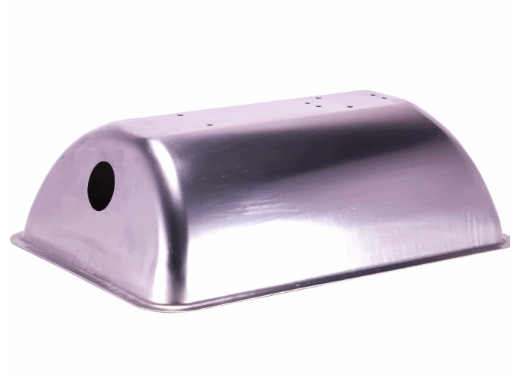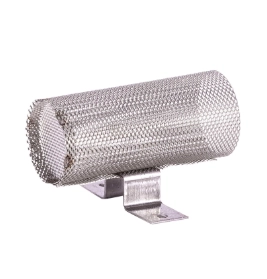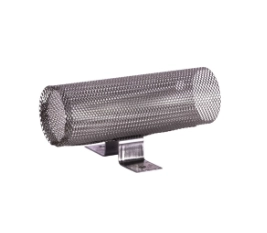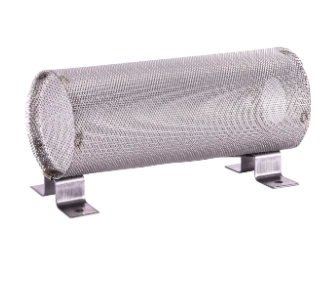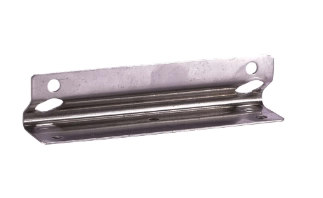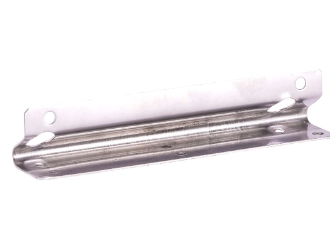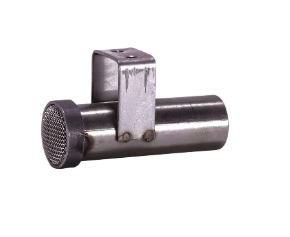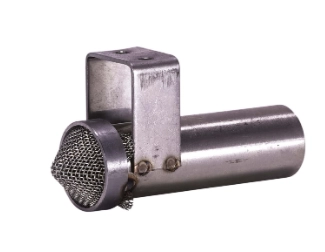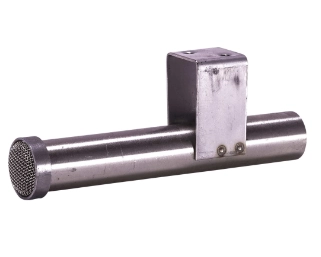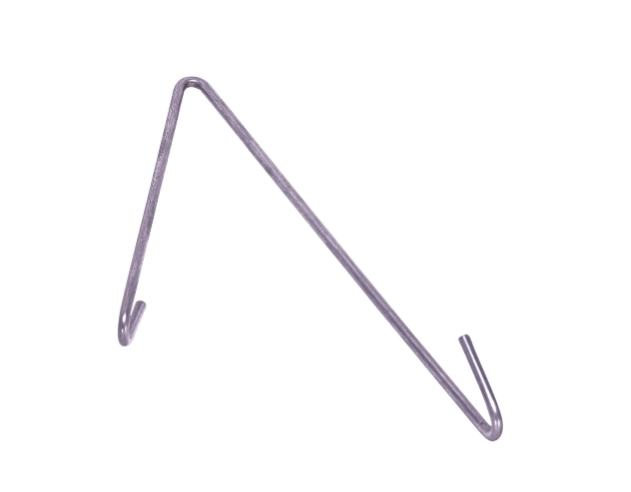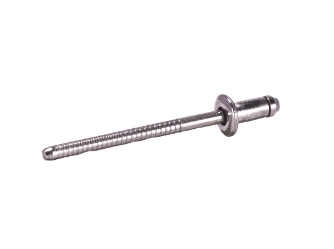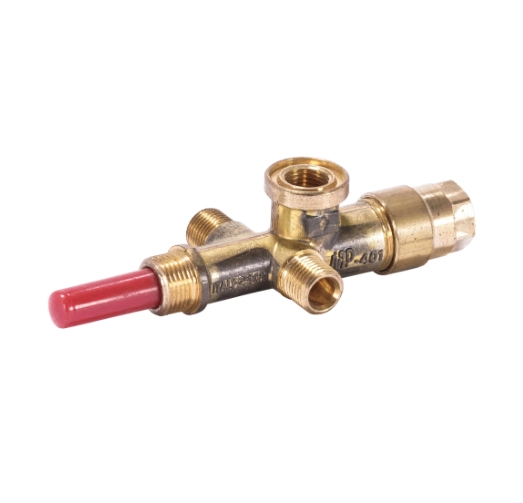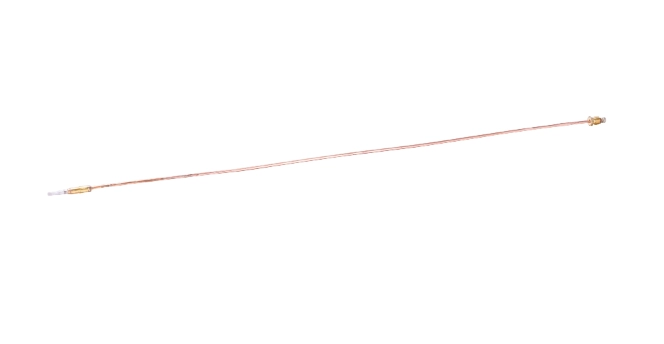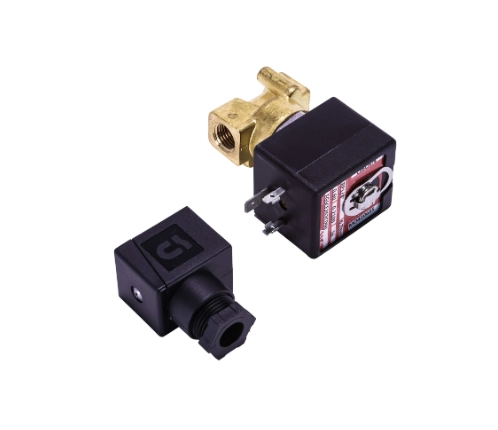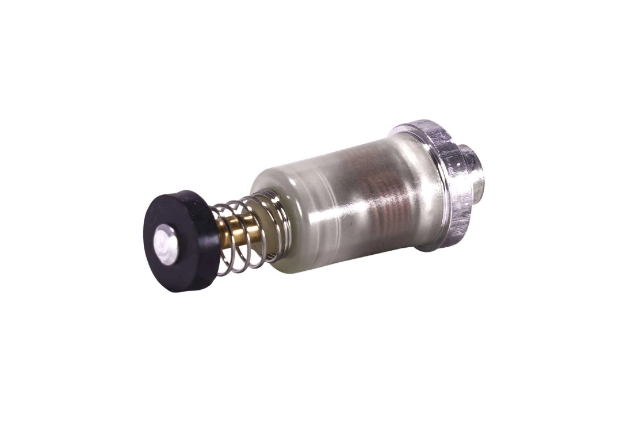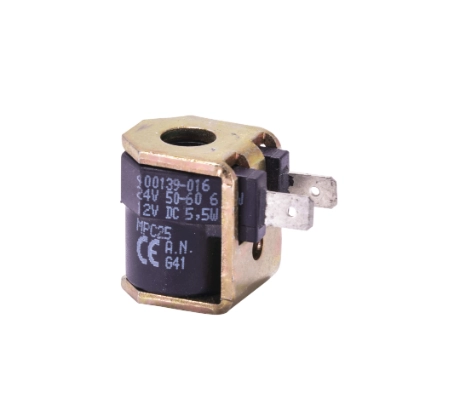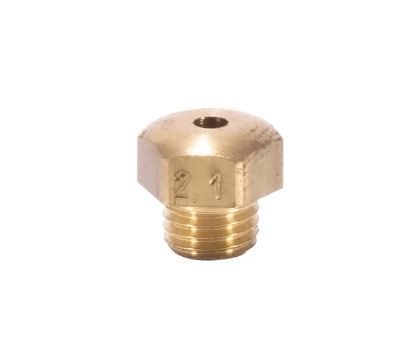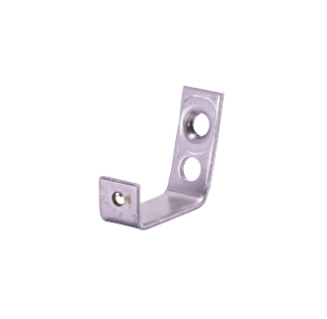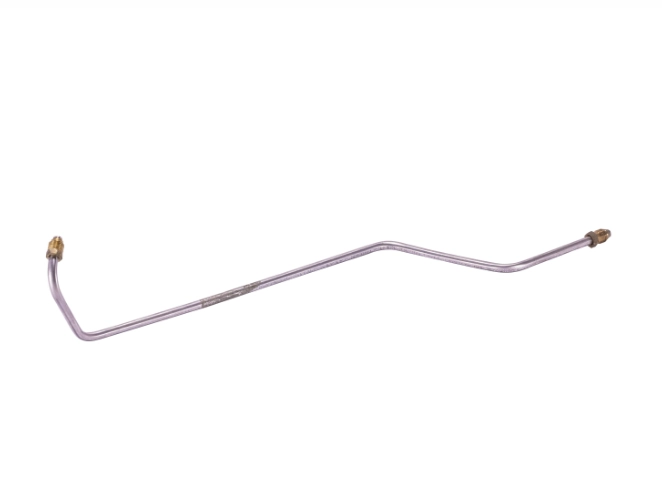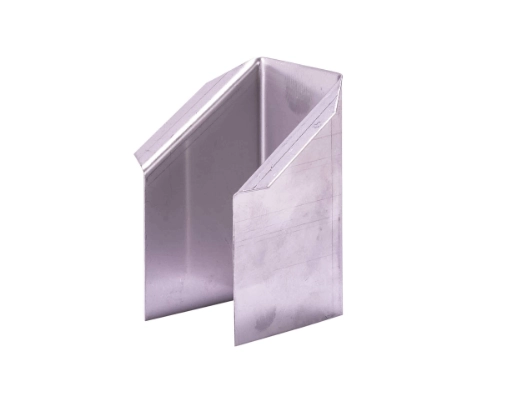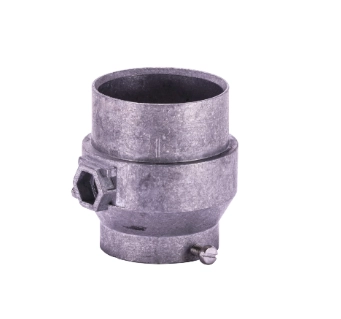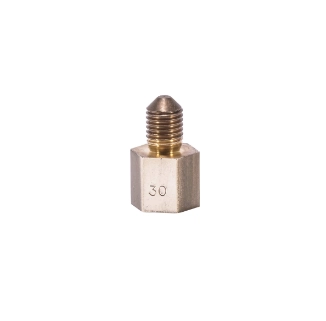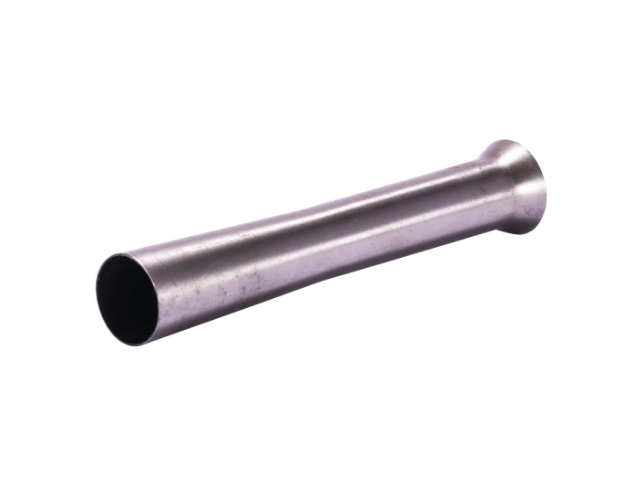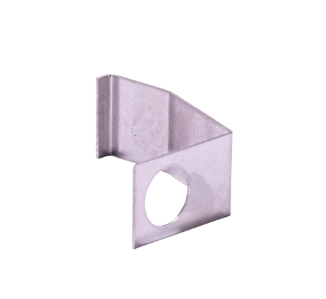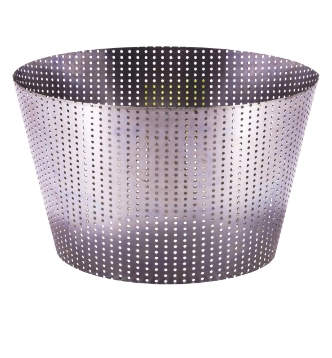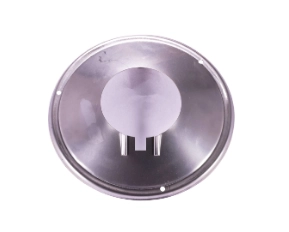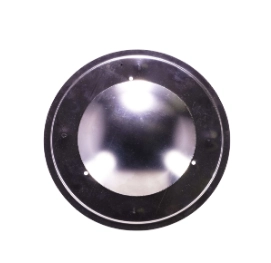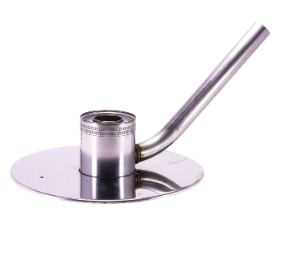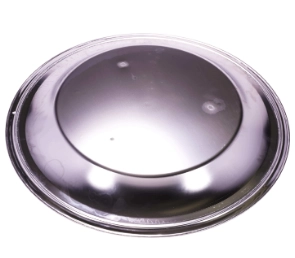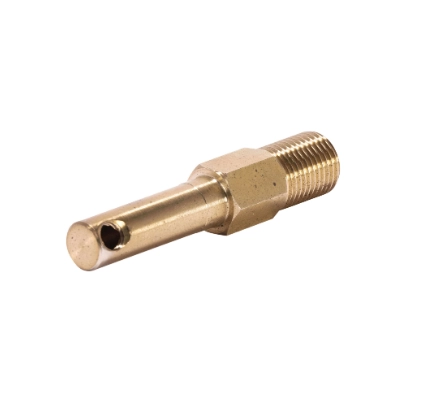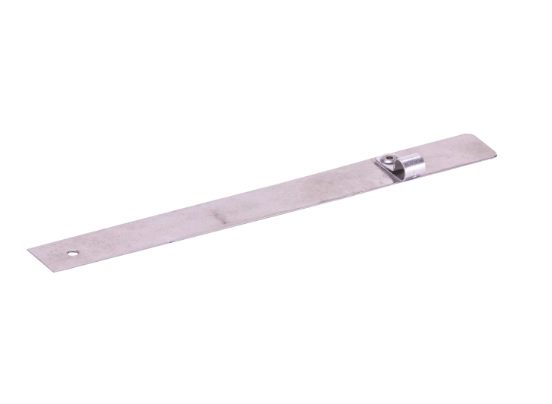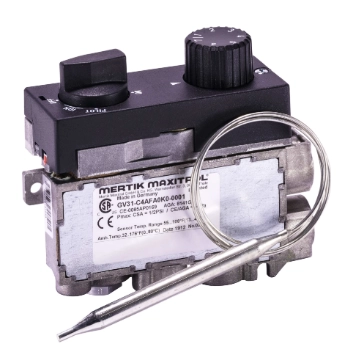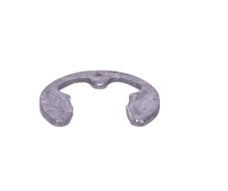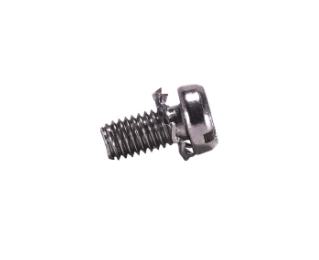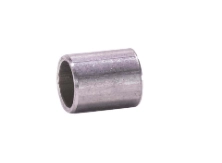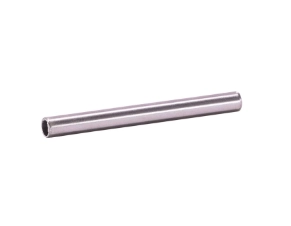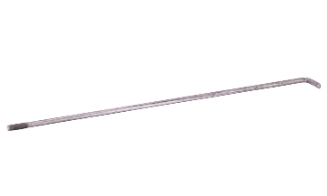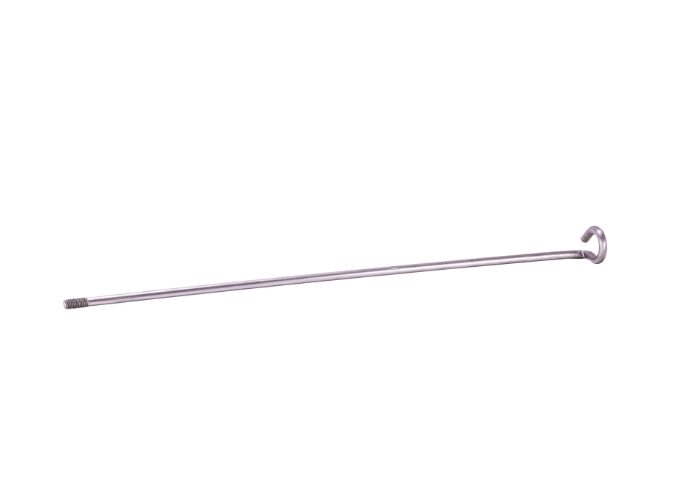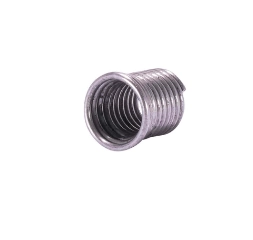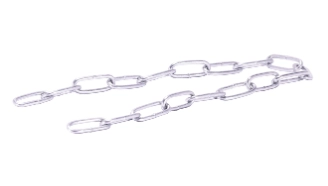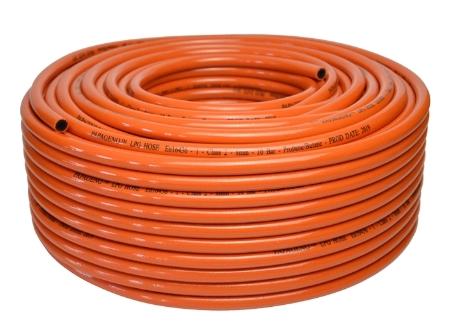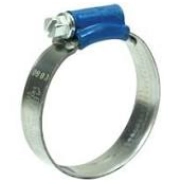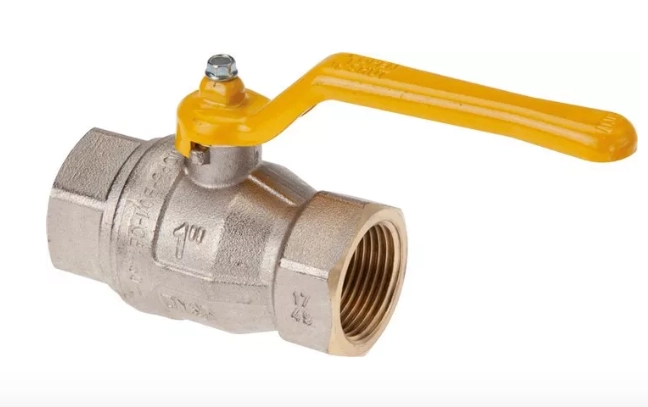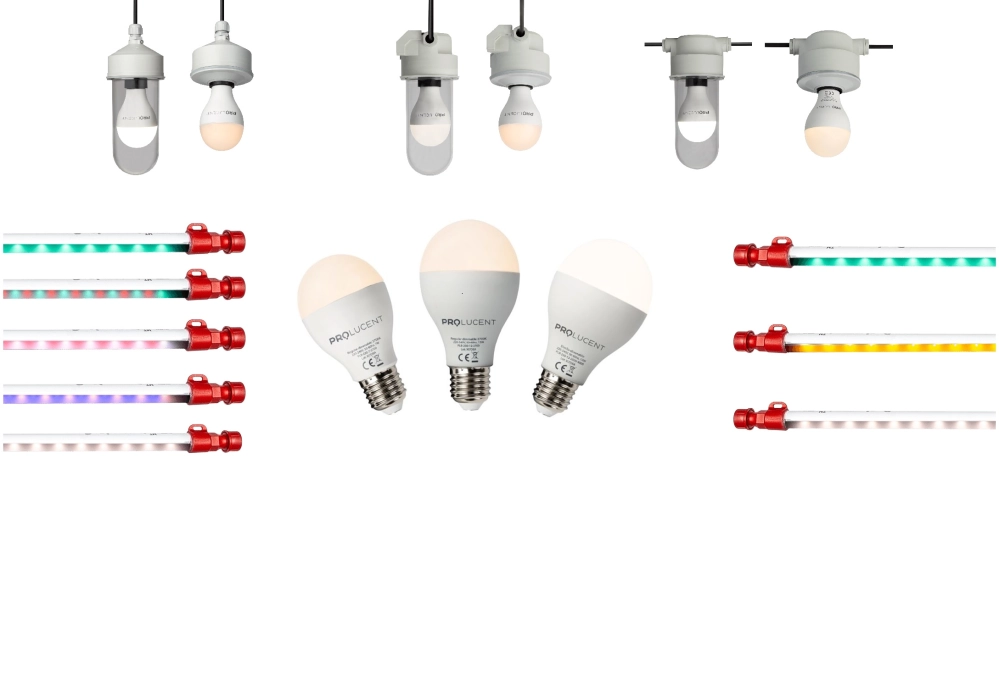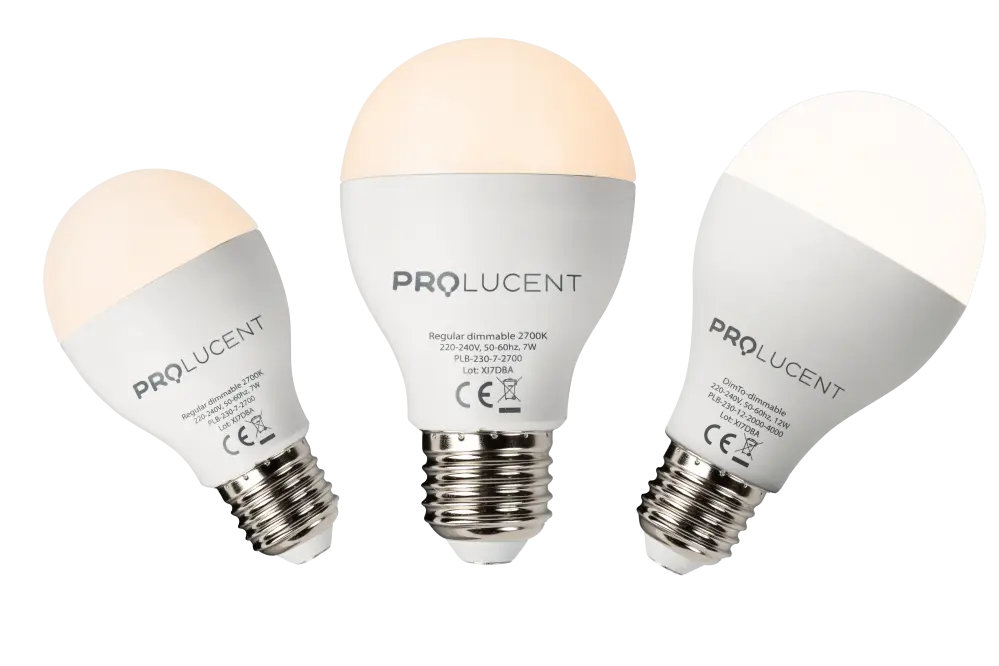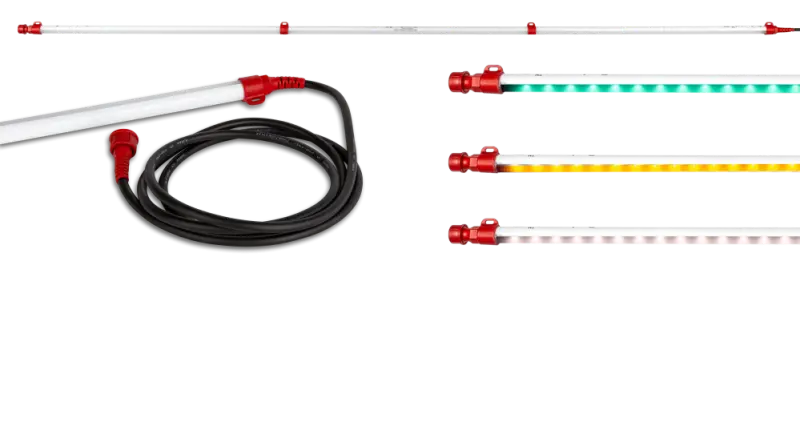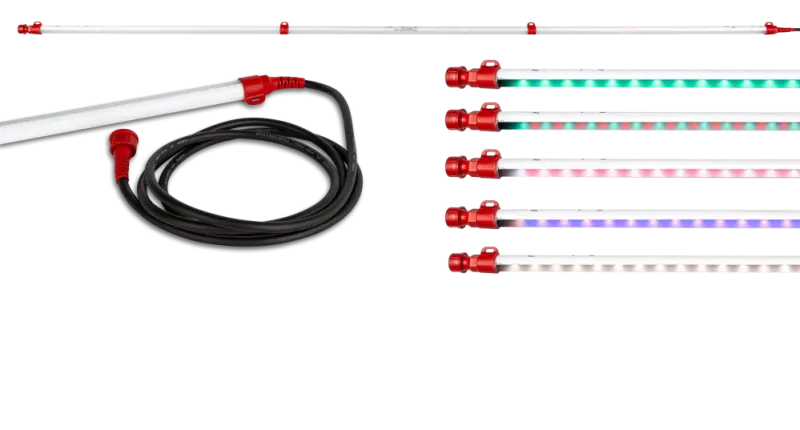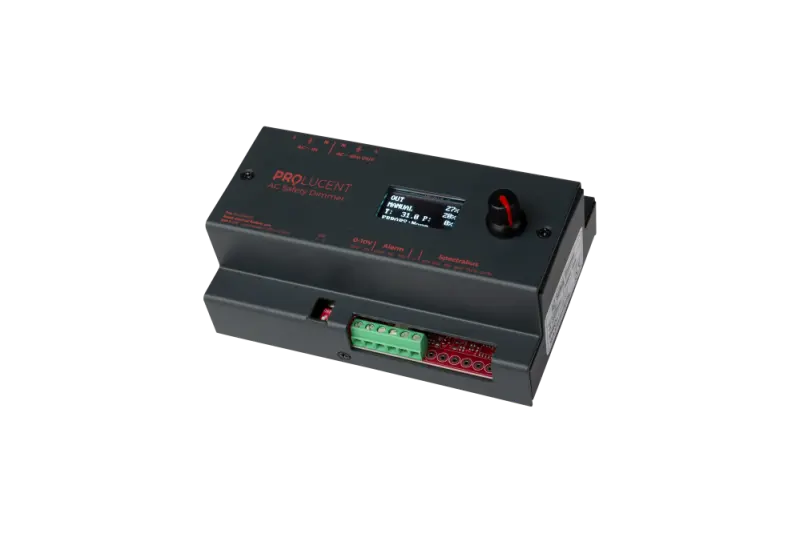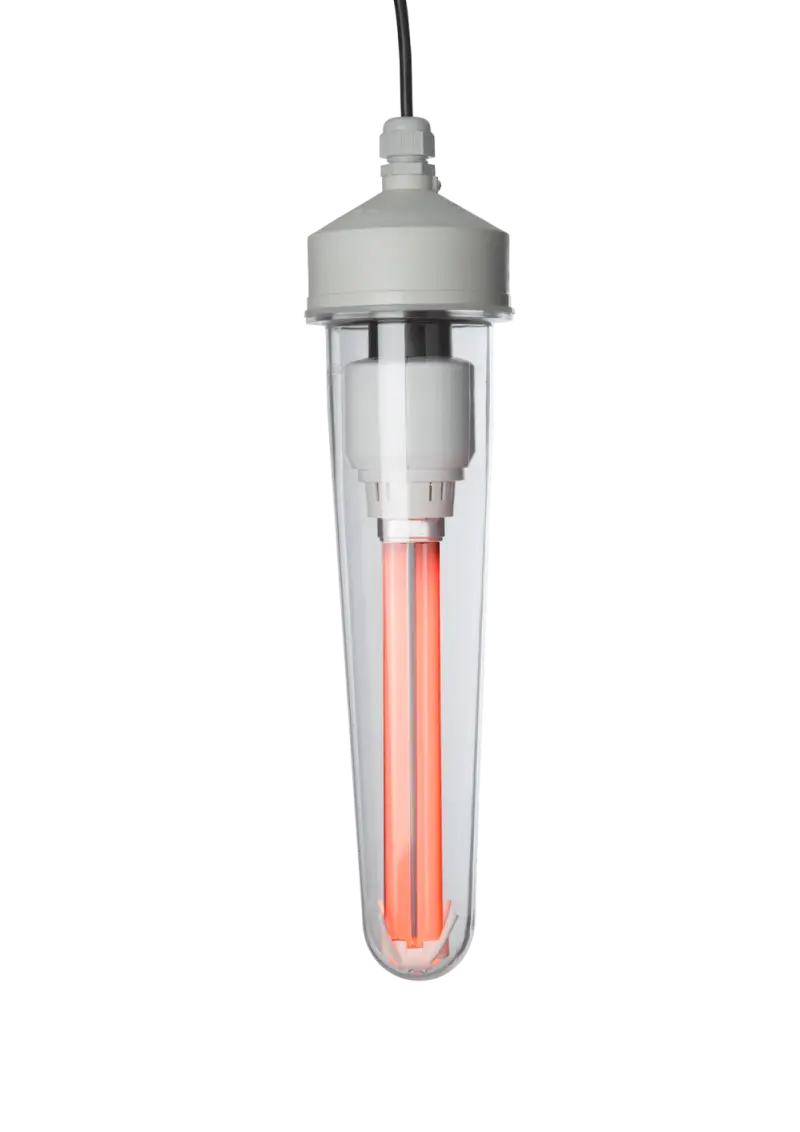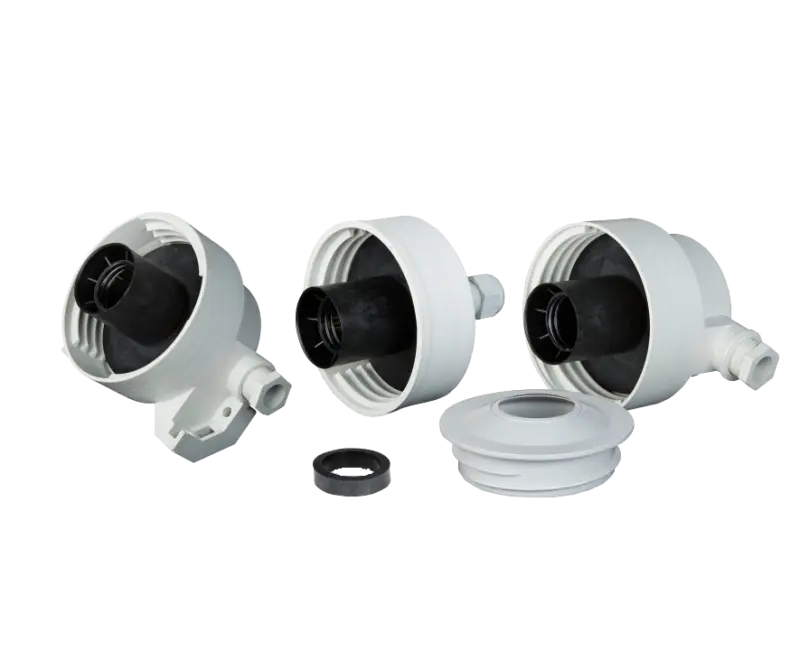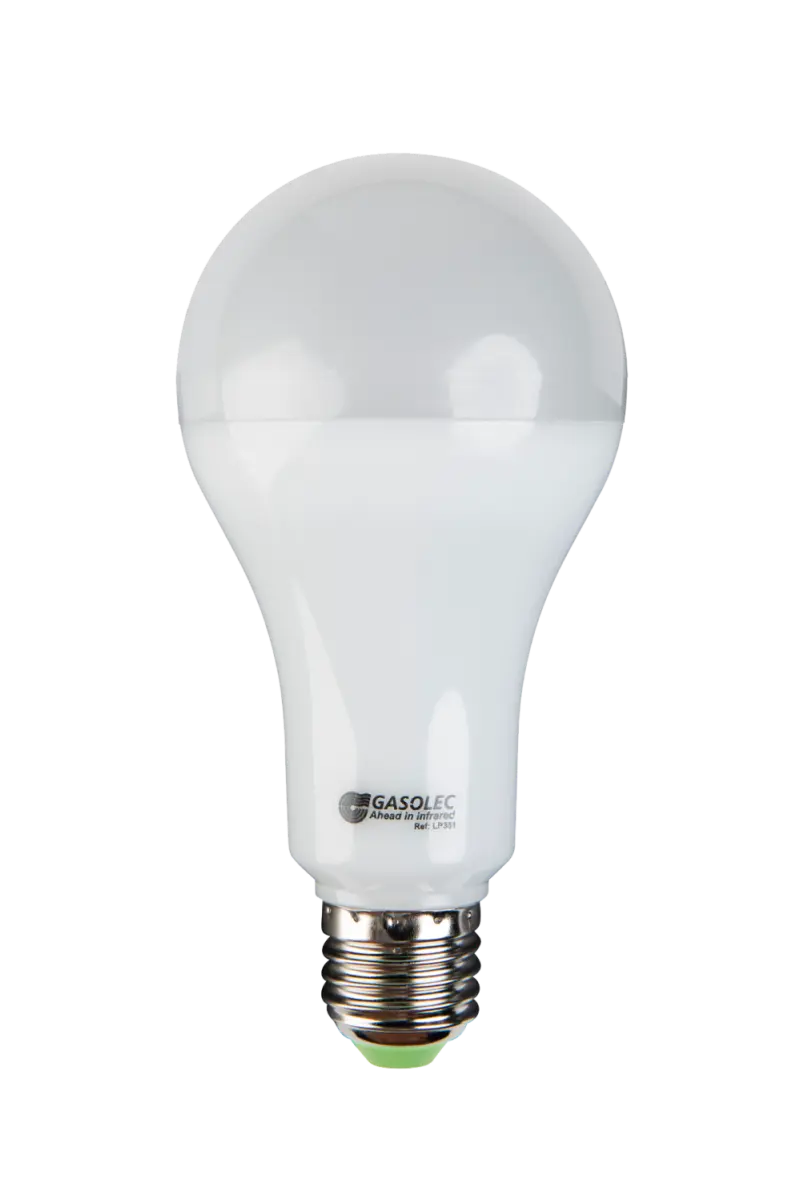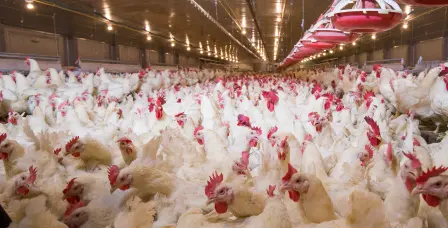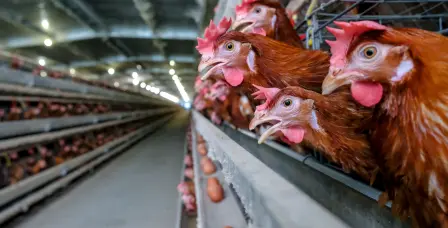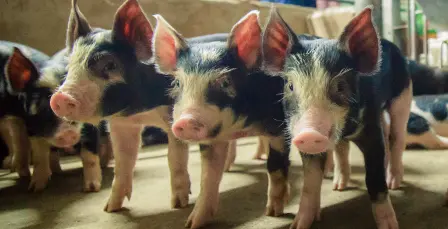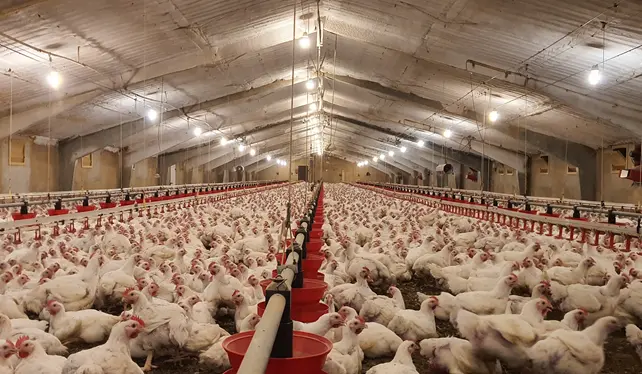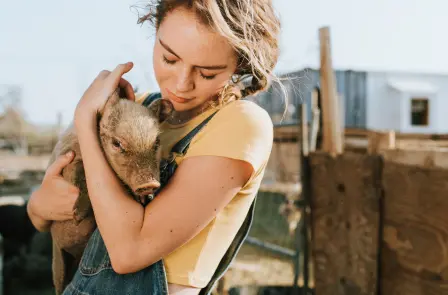mar 12 2018
Varying heat requirements depending on age of chicks
New-born chicks require a great deal of ambient heat to be able to develop properly. They cannot survive without an external heat source, such as an infrared heater for poultry. The animals only start producing heat themselves after a number of days, which reduces their need for external heat. The temperature in the poultry house therefore needs to be adapted as the chicks get bigger.
Commencing a new production cycle
New-born chicks have a body temperature of around 40.5 °C and are regarded as cold-blooded (poikilothermic). This means they are unable to maintain their own body temperature. In nature, the mother hen provides warmth, but in a poultry house, the chicks are dependent on artificial heat.
Poultry farmers should keep the temperature of the poultry house at 34 °C for day-old chicks with the help of an infrared heater, for example. A poultry house temperature of 35 °C is recommended for the chicks of young parental animals. Chickens produce lighter eggs at the start of their laying period, which results in lighter (smaller) chicks. A smaller chick has a relatively large surface area relative to its volume, so it cools down more quickly. In short, a lighter chick requires more external heat.
Tips for a good start
- Ensure the poultry house is warm and dry before you place the litter material.
- Ensure the temperature of the floor is 30 °C before you place the litter material.
- Cover the surface of the floor with a layer of litter material of at least 3 centimetres.
Changing heat requirement
The older the chicks get, the less external heat they require. They are able to maintain their own body temperature after approximately five days. Body temperature rises to 41.3 °C during that period.
From the third week, the chicks produce so much heat that it needs to be released via the ventilation and floor. Otherwise the animals cannot dispose of their excess body heat effectively.
As the chicks get older, their daily growth rate increases exponentially and they eat more and more. Of the energy they take in, 25% is used for movement, breathing, growing and maintaining optimal body temperature. The remaining 75% is released as heat.
At the end of the cycle, the chicks are packed closely together (heavier chicks / greater stocking density) and it becomes increasingly difficult for them to release heat. In addition, the temperature of the litter material is usually around 30 °C or higher then, as a result of which the heat can no longer be released via the floor. A poultry house temperature in excess of 30 °C is harmful and can even be deadly in this phase.
Optimal poultry house temperature for each stage of life
Poultry vet Richard Rietema offers advice on the optimal poultry house temperature in the Netherlands / Western Europe for each stage of life of the chicks:
| Age in days | Advice in °C |
| 1 | 34 |
| 2 | 31 |
| 3 | 30,5 |
| 4 | 30 |
| 5 | 29,5 |
| 6 | 29 |
| 7 | 28,5 |
| 14 | 26 |
| 21 | 24 |
| 28 | 22 |
In subtropical countries where the night time temperature does not drop below 25-26 °C, a poultry house temperature of below 30 °C is often not achievable. Poultry farmers can then adjust the wind chill factor for the chicks with the aid of fast-moving air. This fast-moving air enables the animals to release more heat into the environment.In relatively light chicks / chicks of young parental animals, one can move this curve back by one day so the animals are kept just a little warmer.
Observing how chicks respond to temperature
A good body temperature is important for the health and growth of the chicks. As a poultry farmer, you can deduce a great deal about how the chicks are responding to the temperature through observation. If there are problems, you can adjust the settings of the radiant heating immediately. Read our blog entitled Observing how chicks respond to temperature for more information.

